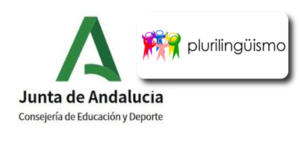Gerunds & Infinitives
Gerund = the present participle (-ing) form of the verb – singing, dancing, running.
Infinitive = «to» infinitive ⇒ to + the base form of the verb – to sing, to dance, to run.
bare infinitive ⇒ the base form of the verb – sing, dance, run.
Watch and learn about gerunds. |
Watch and learn when to use a gerund and when to use an infinitive. |
Some verbs can change their meaning when they are followed by a gerund or the infinitive form |
|
PRE -INTERMEDIATE 1– Choose the correct option PRE -INTERMEDIATE 2– Choose the correct option PRE -INTERMEDIATE 3– Choose the correct option PRE -INTERMEDIATE 4– Choose the correct option INTERMEDIATE 1– Choose the correct option INTERMEDIATE 2– Choose the correct option INTERMEDIATE 3– Choose the correct option UPPER-INTERMEDIATE 1 – Rewrite the sentences without changing the meaning |
English Grammar Online ExercisesExercises on the use of the gerund as well as the infinitive with and without «TO».Interactive exercises – Levels of Difficulty : Elementary / Intermediate / Advanced |
|
Intermediate grammar Each topic includes a series of practice tasks and tests. First try the diagnostic tests to identify what you already know. Then do the practice tasks and finally take an exit test to check your understanding.
English as a Foreign Language Network Free English (ESL / EFL) Learning Resources INTERMEDIATE/UPPER-INTERMEDIATE QUIZ 1 – INTERMEDIATE/UPPER-INTERMEDIATE QUIZ 2 – |













Comentarios recientes